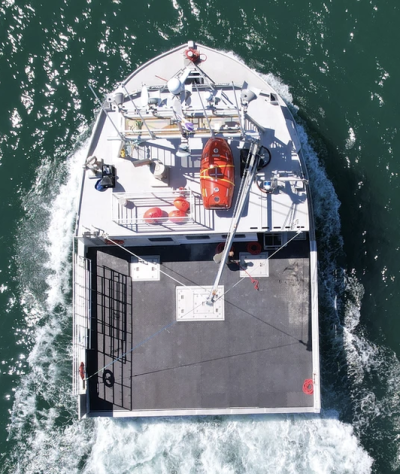I've been looking into Canadian commercial fishing boat builders. It appears that the majority with offerings in the 40-50 foot range have pivoted to the extremely wide lobster boat style. 24-27 foot beams (or more) on these vessels. Singles with some semblance of a keel, and generally designed for displacement or moderate speeds.
Does anyone have any real-world experience with these style hulls and how they handle rough water conditions?
Does anyone have any real-world experience with these style hulls and how they handle rough water conditions?

